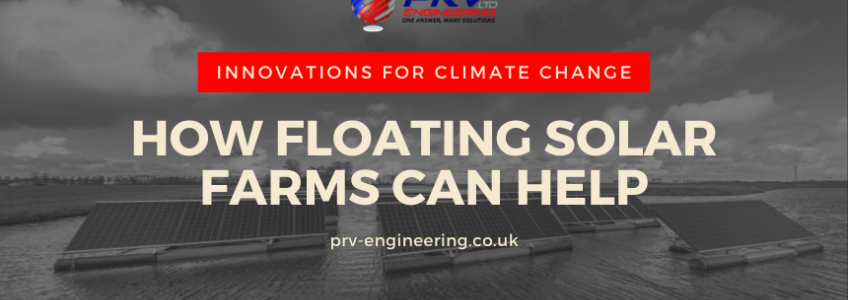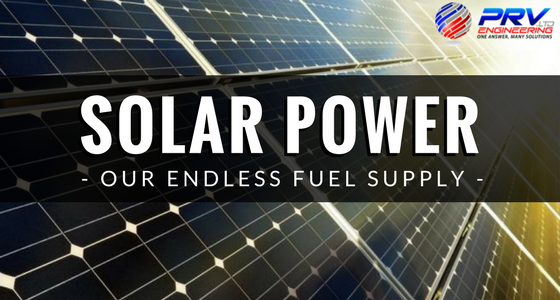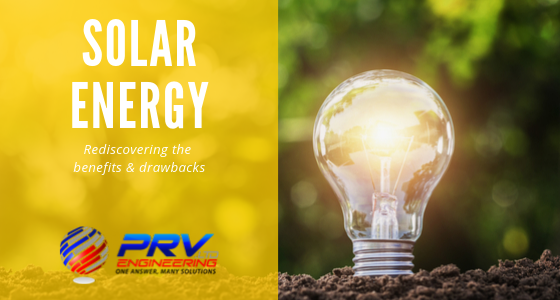Space-based solar power has the potential to deliver a continuous supply of energy 24 hours a day, seven days a week, which would be an enormous benefit for the world’s energy requirements. While the amount of energy that space-based solar power could collect is staggering, there are some obstacles to overcome. In this article, we take a closer look at space-based solar power and the new 246-foot tower China has built to test such a system.
Floating solar farms are becoming increasingly popular, especially in countries with high population density and limited available land. Floating solar farms gained popularity in 2018 and continue to do so today with many countries taking the lead, including China, India, the Netherlands and Singapore which is the focus of this article.
Over the years, Microsoft’s Bill Gates has been involved in many interesting projects but this one seems pretty special. He is backing a start-up which has recently made a breakthrough in concentrated solar power (CSP). This also means there could be massive potential for industrial green energy.
The energy world is changing whether we like it or not but is solar power all that it’s cracked up to be? People want to save money, live a more sustainable life while enjoying a dependable source of electricity. While solar energy certainly ticks all of those boxes, nothing is ever that simple.
Before investing in a solar energy system for your home or business, there are a few things you should consider. First of all, ask yourself how cost-effective solar energy really is. What advancements are currently being made in solar power and what laws have been put into place?
We take a closer look at energy consumption, oil dependency and some of the advantages and disadvantages of solar power.
There are a number energy sources available in nature but solar energy is by far the most abundant. Our sun provides more solar energy in one hour than the entire world consumes in a year. The question is how do we collect and store this abundance of energy more effectively?
How Nano Electronics Improve Solar Energy
In recent times there has been an even bigger drive for renewable energy than ever before. This has also given rise once again to the solar power car. It could be due to the global warming phenomena or maybe we finally realised that the sun is in fact our biggest energy source and it’s free. At least in theory it is but putting in place the technology to store sufficient amounts of energy is the challenging part.
Solar Impulse 2 left New York on Monday 20th June and landed in Seville, Spain on 23rd June at 7.30 am. The total flight time was 71 hours and 8 minutes and now means that the aircraft has crossed both the Pacific and Atlantic oceans.
Solar Impulse 2 is attempting the first renewably powered circumnavigation of the globe and is now nearing the end of its 35,000km journey. The trip started in July 2015 and will finish back at the starting point in Abu Dhabi. The immediate next steps are to negotiate a route back to Abu Dhabi via Egypt or Greece.
Solar Impulse 2 has a wingspan of 72m and weighs more than 2 tons. It is powered by more than 17000 solar cells and achieves an average speed of 75 km/h.
Just like the Bloodhound project, the Solar Impulse 2 team are providing an educational platform around their project, giving resources to schools and universities as well as providing opportunities for live hangouts with members of the team.








Recent Comments